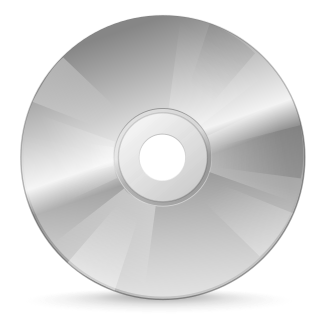Universal Translator
By: Kevin Robinson
The idea
of a universal translator is a great one. It will give a person the ability to
communicate with someone who speaks a different language. Language barriers will be a thing of the past
and people all around the world can communicate with each other more efficiently.
The time it takes to learn a new language will be spent on more suitable
things.
How this
device will work is that every time a person wants to speak in a different
language, the individual will need to insert a tiny microchip into the device.
The microchip will read the language and translate it to the wearer. When the
person wants to communicate back, the wearer will reply in the other person’s
language. The drawback is that the wearer needs to know what language the other
person is speaking in, so the individual knows what chip to insert into the
universal translator. These chips can only hold one or two languages on it.
The
device itself is handheld so it can only store a little bit of information;
however, technology is always changing so new models of this device will come
shortly after. Much of our society is surrounded by tiny handheld devices. This
invention has not been invented yet. Judging from the descriptions, it will
probably look like some sort of Bluetooth headpiece or handheld voice recorder.
Google
created an online translator that translates any language a person types in
into another. It even goes as far as to detect the language being typed in. We
are one step towards achieving this invention. I think this invention will help
a lot of people that work overseas or businesses that work with clients in a
different area or country. There are a
lot of out-there inventions like the hovercraft or jetpacks that I don’t see
happening, but the universal translator is actually something I can see
happening within the next five to ten years. Apple managed to create a new iPhone
that allows users to communicate with a computerized secretary that answers
their every question. Can you imagine what it would be like if the universal
communicator was like that? That would be pretty cool.
References
http://voices.yahoo.com/google-translation-precursor-universal-translator-7624124.html


